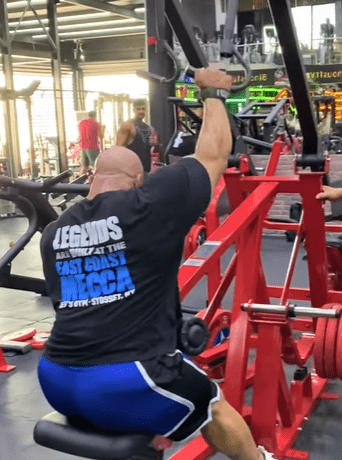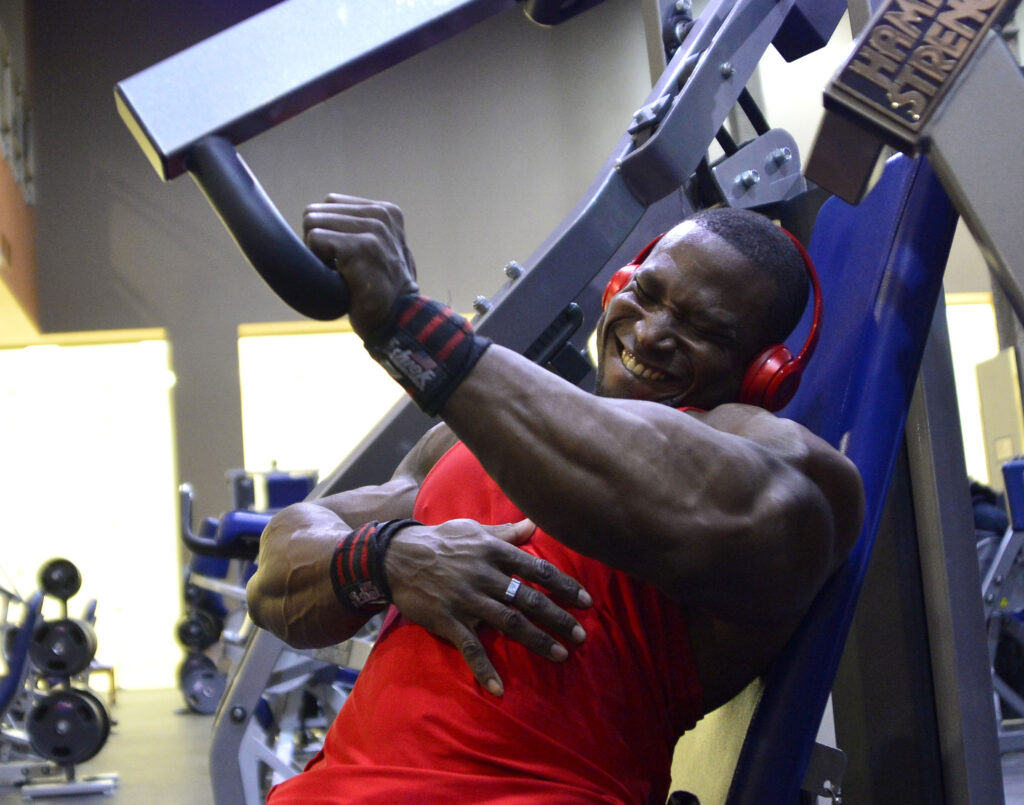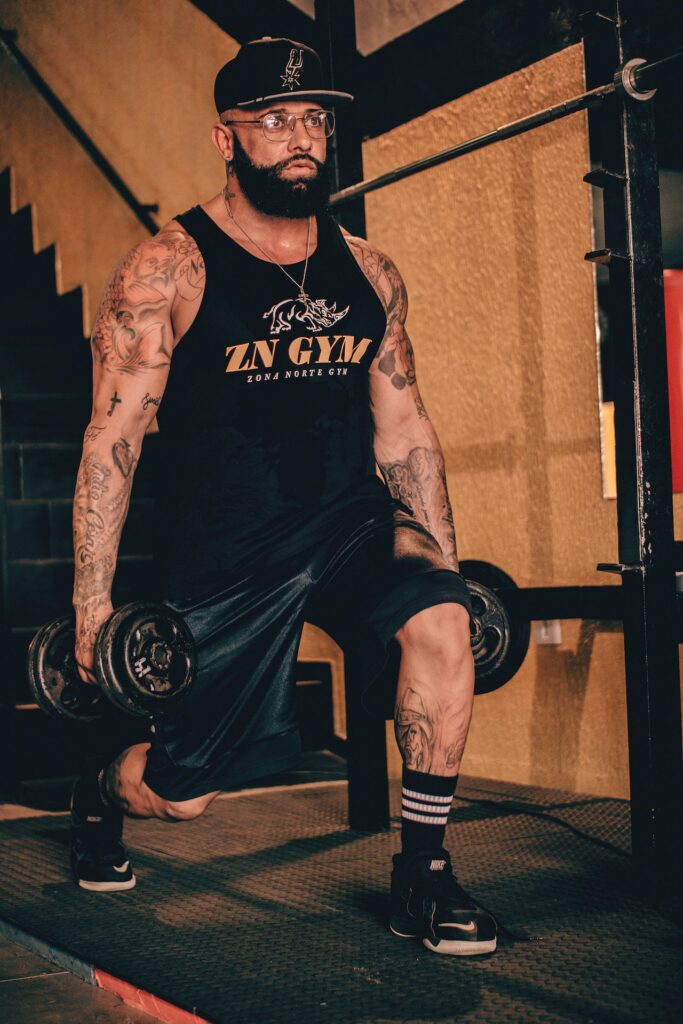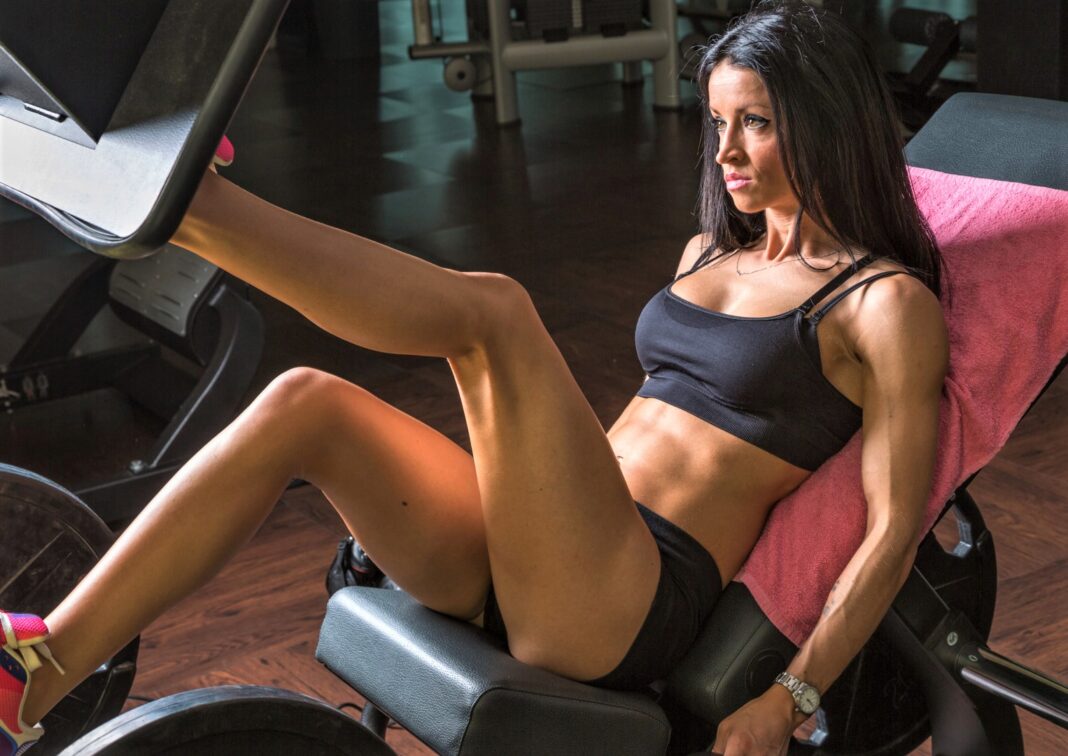Sometimes it’s best to stay single. So it is in the gym, where it can be highly effective to place all of your focus on one side and none on the other. And then reverse it to work the other side. Going unilateral (working just one limb or side at a time) instead of bilateral (working both limbs/sides together) limits the amount of weight you use, but it works the core more during standing exercises, because it’s harder to stay balanced. It also typically allows you to better focus on stressing a muscle or muscles from stretch to contraction of each rep and sometimes provides a greater range of motion. Finally, unilateral exercises let you train around an injury on the other side. An interesting review of studies even concluded that if you train only one limb the other limb makes significant strength gains, too.
Hopefully, you’ll never need to train only one side because of an injury, and your unilateral exercises will be done for both sides. However you do it, the following guide will help you go unilateral.
UNILATERAL EXERCISES BASICS
✷ Working each side independently of the other lets you better focus on the left and right muscles and work around injuries. It also better stresses the core muscles during standing exercises.
✷ Unilateral exercises can allow a greater range of motion than bilateral exercises.
✷ Unilateral exercises let you train just one side when the other side is injured.
✷ Each side counts as a half-set. So, if you do 10 reps for the left side and then 10 for the right side, that’s one set. Begin again with all the reps for the left side and then the right side for another set.
UNILATERAL EXERCISE GUIDE
UPPER BACK
Back is an easy bodypart to work unilaterally because there are so many excellent exercises. Here’s three: one-arm dumbbell row, one-arm low cable row, and one-arm machine row. The latter is especially easy to perform with an iso-lateral machine (the arms move independently), such as those made by Hammer Strength. You can also do one-arm pulldowns, with either an iso-lateral machine or with a D-handle at an overhead cable station.

CORE
Because they lie so close together, we can’t isolate the left and right spinal erectors. So, let’s turn to a one-sided core exercise that works the lower back with much of the lower body: the suitcase deadlift. It’s named because it’s kind of like lifting a suitcase with one hand, but “deadlift” is the important part. Set up a barbell on the floor at your side, bend as if positioning for a regular deadlift, and grab the bar in the middle. You can also do this with a dumbbell or kettlebell. Then stand as if doing a regular deadlift. Keep both shoulders square to the floor; don’t let the working side droop. This is a uniquely challenging core exercise, especially so when you have to balance a barbell with one hand.
DELTOIDS
Most deltoid exercises can easily be done single-sided by holding a dumbbell or cable. Here’s a whole workout’s worth: one-arm shoulder press, one-arm side lateral, one-arm front raise, and one-arm rear lateral.
TRAPEZIUS
Traps can be hit unilaterally with one-arm shrugs while holding either a dumbbell or, while standing at a 90 degree angle to the bar, a Smith machine bar.
CHEST
The one-arm dumbbell bench press can be performed by either alternating sides or holding one dumbbell up while you pump out all the reps for the opposite side. Either way forces you to focus more on stabilizing the weight. You can effectively do machine chest presses unilaterally with an iso-lateral machine, and you can usually position yourself for a greater range of motion. Similarly, if you do machine flyes or pec deck flyes with a single side at a time, you can bring your hand past your sternum to better target your inner pecs than you can via bilateral flyes.

BICEPS
Any dumbbell, cable, or machine curl can be cranked out single-sided. Here’s three: one-arm dumbbell preacher curl, one-arm high cable curl, and one-arm machine curl. And the traditional concentration curl is always done unilateral.
TRICEPS
As with biceps curls, most triceps exercises can be unilateral. Good examples include: one-arm lying dumbbell extension, one-arm cable triceps extension, and one-arm pushdown.
FOREARMS
You could argue that the one-arm dumbbell wrist curl is superior to its bilateral barbell brother, because it allows you to achieve a slightly freer range of motion. You can also do a one-arm hammer curl or one-arm dumbbell reverse curl to work the brachioradialis of the forearm along with the brachialis and biceps of the upper arm.
QUADRICEPS
Split squats, one-leg presses, and one-leg extensions can all be pumped out with the same equipment as their bi-leg counterparts, though you may need a bench or box behind you to balance your non-working foot during split squats.
HAMSTRINGS
Not only are standing leg curls always performed single-sided, but lying leg curls and seated leg curls can also be done unilaterally.
GLUTES
The kickback, whether with a machine, cable, ankle weight, or bodyweight is always done unilateral. And the split squat is a unilateral exercise for the entire lower body: glutes, quads, and hamstrings.

CALVES
Any machine calf exercise, whether seated or standing, can be cranked out with an individual limb. But what if you don’t have a machine? For a rare free-weight lift there’s the one-leg calf raise, with just bodyweight or with a dumbbell. You can do the former just about anywhere there’s a riser and a way of supporting yourself (stairs with a railing work great). For the latter, hold a dumbbell in the corresponding hand as you stand with one foot on a riser and balance yourself by gripping a support with your other hand. In both cases, rise up and down as far as possible on one leg.
ABDOMINALS
Because the cubes of the rectus abdominis lie so close together, they can’t be truly worked unilaterally. The best you can do is squeeze to one side at a time during exercises like knee raises and crunches. However, you can stress obliques independently with exercises like the side bend and woodchopper.
UNILATERAL EXERCISES TRAINING TIPS
✷ From one-leg calf raises to suitcase deadlifts, there are some unique unilateral lifts to try.
✷ You can sometimes go bilateral on the concentric half or reps and unilateral on the eccentric half. For example, raise a leg curl rep with both legs and lower the rep with one leg.
✷ Consciously try to expand your range of motion on exercises like one-arm rows, one-arm-pulldowns, one-arm machine presses, and mechanical flyes.
✷ If one side rests while the other works, you can go continuously without rest periods: left, right, left, right…
UNILATERAL EXERCISES BACK ROUTINE
One-arm Dumbbell Row — 4 sets x 8-12 reps
One-arm Pulldown — 4 sets x 8-12 reps
One-arm Machine Row — 3 sets x 10-12 reps
One-arm Cable Row — 3 sets x 10-12 reps
















































